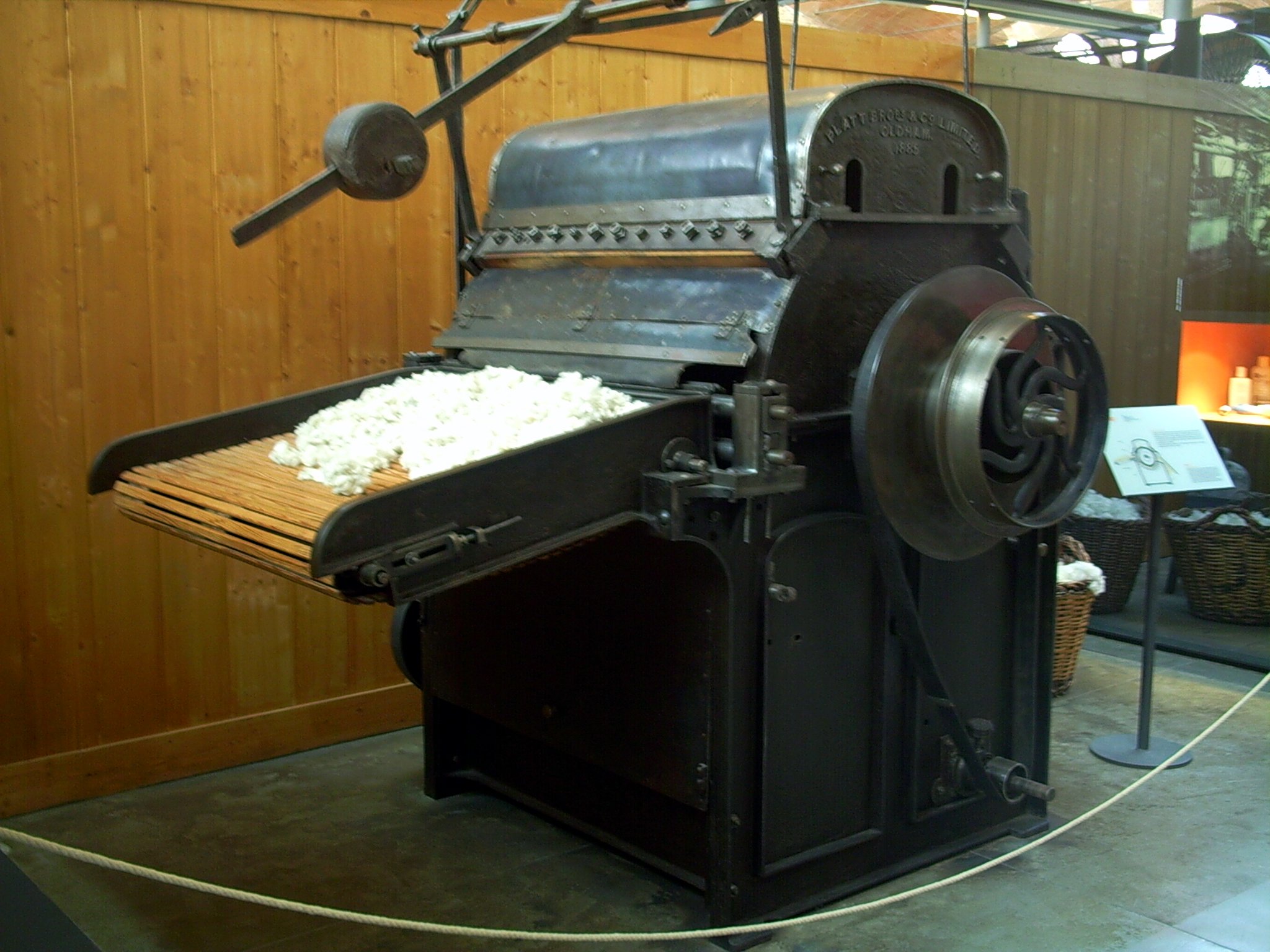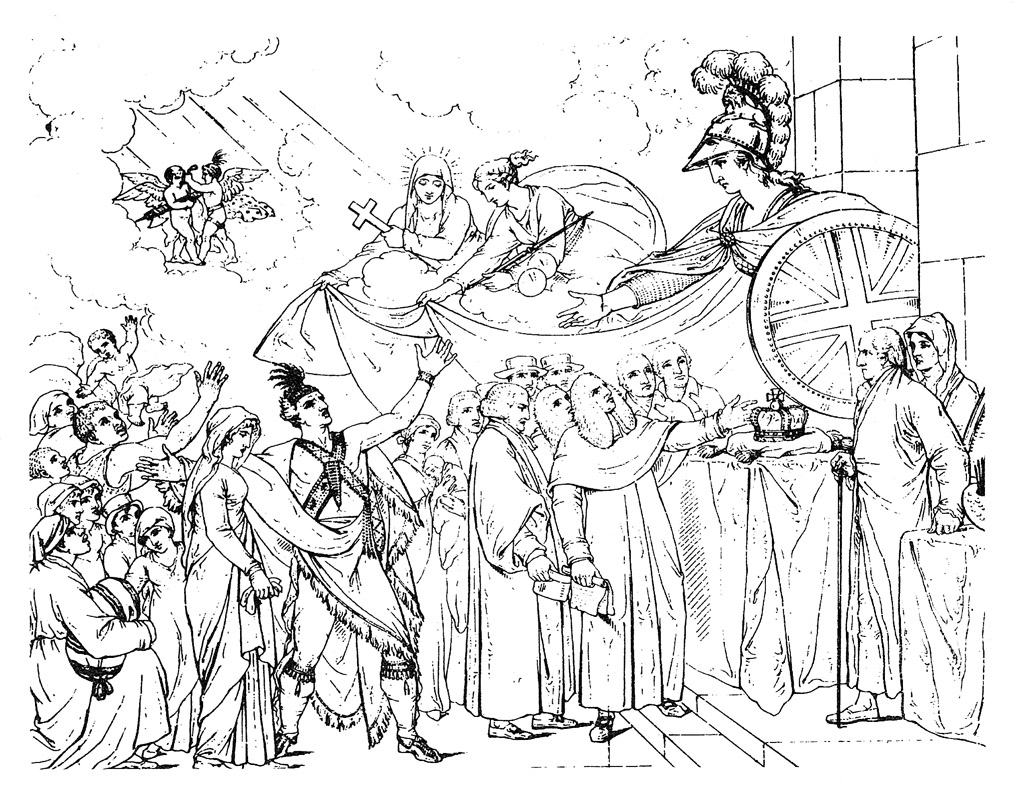|
Lincolnton, North Carolina
Lincolnton is a city in Lincoln County, North Carolina, United States within the Charlotte metropolitan area. The population was 11,091 at the 2020 census, with an estimated population of 12,128, as of 2023. Lincolnton is northwest of Charlotte, on the South Fork of the Catawba River. The city is the county seat of Lincoln County. History In June 1780 during the American Revolutionary War, the future site of Lincolnton was the site of the Battle of Ramsour's Mill, a small engagement in which local Loyalists were defeated by pro-independence forces. Some historians consider the battle significant because it disrupted Loyalist organizing in the region at a crucial time. After the Revolution, the legislature organized a new county by splitting this area from old Tryon County (named in the colonial era for a royally appointed governor). The 1780 battle site was chosen for the seat of Lincoln County. The new city and the county were named for Major General Benjamin Lincoln ... [...More Info...] [...Related Items...] OR: [Wikipedia] [Google] [Baidu] |
City
A city is a human settlement of a substantial size. The term "city" has different meanings around the world and in some places the settlement can be very small. Even where the term is limited to larger settlements, there is no universally agreed definition of the lower boundary for their size. In a narrower sense, a city can be defined as a permanent and Urban density, densely populated place with administratively defined boundaries whose members work primarily on non-agricultural tasks. Cities generally have extensive systems for housing, transportation, sanitation, Public utilities, utilities, land use, Manufacturing, production of goods, and communication. Their density facilitates interaction between people, government organisations, government organizations, and businesses, sometimes benefiting different parties in the process, such as improving the efficiency of goods and service distribution. Historically, city dwellers have been a small proportion of humanity overall, bu ... [...More Info...] [...Related Items...] OR: [Wikipedia] [Google] [Baidu] |
Catawba River
The Catawba River is a major river located in the Southeastern United States. It originates in Western North Carolina and flows into South Carolina, where it later becomes known as the Wateree River. The river is approximately 220 miles (350 km) long. It rises in the Appalachian Mountains and drains into the Piedmont, where it has been impounded through a series of reservoirs for flood control and generation of hydroelectricity. The river is named after the Catawba tribe of Native Americans, which lives on its banks. In their language, they call themselves "yeh is-WAH h’reh", meaning "people of the river." The river rises in the Blue Ridge Mountains in western McDowell County, North Carolina, approximately 20 miles (30 km) east of Asheville. It flows ENE, falling over two waterfalls, Upper Catawba Falls and Catawba Falls, before being dammed by Lake James, and joining the Linville River. It passes north of Morganton, then southeast through Lake Rhodhiss and ... [...More Info...] [...Related Items...] OR: [Wikipedia] [Google] [Baidu] |
Confederate Army
The Confederate States Army (CSA), also called the Confederate army or the Southern army, was the military land force of the Confederate States of America (commonly referred to as the Confederacy) during the American Civil War (1861–1865), fighting against the United States forces to support the rebellion of the Southern states and uphold and expand the institution of slavery. On February 28, 1861, the Provisional Confederate Congress established a provisional volunteer army and gave control over military operations and authority for mustering state forces and volunteers to the newly chosen Confederate States president, Jefferson Davis (1808–1889). Davis was a graduate of the United States Military Academy, on the Hudson River at West Point, New York, and colonel of a volunteer regiment during the Mexican–American War (1846–1848). He had also been a United States senator from Mississippi and served as U.S. Secretary of War under 14th president Franklin Pierce. ... [...More Info...] [...Related Items...] OR: [Wikipedia] [Google] [Baidu] |
American Civil War
The American Civil War (April 12, 1861May 26, 1865; also known by Names of the American Civil War, other names) was a civil war in the United States between the Union (American Civil War), Union ("the North") and the Confederate States of America, Confederacy ("the South"), which was formed in 1861 by U.S. state, states that had Secession in the United States, seceded from the Union. The Origins of the American Civil War, central conflict leading to war was a dispute over whether Slavery in the United States, slavery should be permitted to expand into the western territories, leading to more slave states, or be prohibited from doing so, which many believed would place slavery on a course of ultimate extinction. Timeline of events leading to the American Civil War, Decades of controversy over slavery came to a head when Abraham Lincoln, who opposed slavery's expansion, won the 1860 presidential election. Seven Southern slave states responded to Lincoln's victory by seceding f ... [...More Info...] [...Related Items...] OR: [Wikipedia] [Google] [Baidu] |
Potomac River
The Potomac River () is in the Mid-Atlantic (United States), Mid-Atlantic region of the United States and flows from the Potomac Highlands in West Virginia to Chesapeake Bay in Maryland. It is long,U.S. Geological Survey. National Hydrography Dataset high-resolution flowline dataThe National Map. Retrieved August 15, 2011 with a Drainage basin, drainage area of , and is the fourth-largest river along the East Coast of the United States. More than 6 million people live within its drainage basin, watershed. The river forms part of the borders between Maryland and Washington, D.C., on the left descending bank, and West Virginia and Virginia on the right descending bank. Except for a small portion of its headwaters in West Virginia, the #North Branch Potomac River, North Branch Potomac River is considered part of Maryland to the low-water mark on the opposite bank. The South Branch Potomac River lies completely within the state of West Virginia except for its headwaters, which lie i ... [...More Info...] [...Related Items...] OR: [Wikipedia] [Google] [Baidu] |
Textile Mill
Textile manufacturing or textile engineering is a major industry. It is largely based on the conversion of fibre into yarn, then yarn into fabric. These are then dyed or printed, fabricated into cloth which is then converted into useful goods such as clothing, household items, upholstery and various industrial products. Different types of fibres are used to produce yarn. Cotton remains the most widely used and common natural fiber making up 90% of all-natural fibers used in the textile industry. People often use cotton clothing and accessories because of comfort, not limited to different weathers. There are many variable processes available at the spinning and fabric-forming stages coupled with the complexities of the finishing and colouration processes to the production of a wide range of products. History Textile manufacturing in the modern era is an evolved form of the art and craft industries. Until the 18th and 19th centuries, the textile industry was a household work ... [...More Info...] [...Related Items...] OR: [Wikipedia] [Google] [Baidu] |
Piedmont (United States)
The Piedmont ( ) is a plateau region located in the Eastern United States. It is situated between the Atlantic Plain and the Blue Ridge Mountains, stretching from New York in the north to central Alabama in the south. The Piedmont Province is a physiographic province of the larger Appalachian Highlands physiographic division and consists of the Piedmont Upland, and the Piedmont Lowlands sections. The Atlantic Seaboard Fall Line marks the Piedmont's eastern boundary with the Coastal Plain. To the west, it is mostly bounded by the Blue Ridge Mountains, the easternmost range of the Appalachians. The width of the Piedmont varies, being quite narrow above the Delaware River but nearly 300 miles (475 km) wide in North Carolina. The Piedmont's area is approximately . The French word ''Piedmont'' (modern spelling ''Piémont'') comes from the Italian , from Latin , meaning " foothill" or, literally, "at the foot of the mountains"; it is the name of the northwestern Italia ... [...More Info...] [...Related Items...] OR: [Wikipedia] [Google] [Baidu] |
Continental Army
The Continental Army was the army of the United Colonies representing the Thirteen Colonies and later the United States during the American Revolutionary War. It was formed on June 14, 1775, by a resolution passed by the Second Continental Congress, meeting in Philadelphia after the war's outbreak at the Battles of Lexington and Concord on April 19, 1775. Therefore, June 14th is celebrated as the U.S. Army Birthday. The Continental Army was created to coordinate military efforts of the colonies in the war against the British Army during the American Revolutionary War, British, who sought to maintain control over the American colonies. General George Washington was appointed commander-in-chief of the Continental Army and maintained this position throughout the war. The Continental Army was supplemented by local Militia (United States), militias and volunteer troops that were either loyal to individual states or otherwise independent. Most of the Continental Army was disbanded ... [...More Info...] [...Related Items...] OR: [Wikipedia] [Google] [Baidu] |
Tryon County, North Carolina
Tryon County is a former county which was located in the U.S. state of North Carolina. It was formed in 1768 from the part of Mecklenburg County west of the Catawba River, although the legislative act that created it did not become effective until April 10, 1769. Due to inaccurate and delayed surveying, Tryon County encompassed a large area of northwestern South Carolina."Tryon County, North Carolina History" by Alfred Nixon; 1910 It was named for , of the [...More Info...] [...Related Items...] OR: [Wikipedia] [Google] [Baidu] |
Loyalist (American Revolution)
Loyalists were refugee colonists from Thirteen Colonies, thirteen of the 20 British American colonies who remained loyal to the British Crown, British crown during the American Revolution, often referred to as Tories, Royalists, or King's Men at the time. They were opposed by the Patriot (American Revolution), Patriots or Whigs, who supported the revolution and considered them "persons inimical to the liberties of America." Prominent Loyalists repeatedly assured the Government of the United Kingdom, British government that many thousands of them would spring to arms and fight for the Crown. The British government acted in expectation of that, especially during the Southern theater of the American Revolutionary War, Southern campaigns of 1780 and 1781. Britain was able to effectively protect the people only in areas where they had military control, thus the number of military Loyalists was significantly lower than what had been expected. Loyalists were often under suspicion of t ... [...More Info...] [...Related Items...] OR: [Wikipedia] [Google] [Baidu] |
Battle Of Ramsour's Mill
The Battle of Ramsour's Mill took place on June 20, 1780 in present-day Lincolnton, North Carolina, during the British campaign to gain control of the southern colonies in the American Revolutionary War. The number of fighters on each side of the battle is still an issue of contention, but Loyalist militiamen (many of them German Palatine emigrants and settlers in the local area) outnumbered Patriot militia and had captured a group of Patriots who they were planning to hang on the morning of June 20. The one to two-hour battle during the foggy morning of June 20 did not involve any regular army forces from either side and was literally fought between family, friends, and neighbors with muskets sometimes being used as clubs because of a lack of ammunition. Some cases of fratricide occurred during the battle. Peter Costner, a loyalist, was killed by his brother Thomas who buried his sibling's corpse after the fight. William Simpson, a patriot scout, rushed to the battle desirin ... [...More Info...] [...Related Items...] OR: [Wikipedia] [Google] [Baidu] |
American Revolutionary War
The American Revolutionary War (April 19, 1775 – September 3, 1783), also known as the Revolutionary War or American War of Independence, was the armed conflict that comprised the final eight years of the broader American Revolution, in which American Patriot (American Revolution), Patriot forces organized as the Continental Army and commanded by George Washington defeated the British Army during the American Revolutionary War, British Army. The conflict was fought in North America, the Caribbean, and the Atlantic Ocean. The war's outcome seemed uncertain for most of the war. However, Washington and the Continental Army's decisive victory in the Siege of Yorktown in 1781 led King George III and the Kingdom of Great Britain to negotiate an end to the war in the Treaty of Paris (1783), Treaty of Paris two years later, in 1783, in which the British monarchy acknowledged the independence of the Thirteen Colonies, leading to the establishment of the United States as an independent and ... [...More Info...] [...Related Items...] OR: [Wikipedia] [Google] [Baidu] |










